Search for articles, topics or more
browse by topics

Search for articles, topics or more

In a fertile period – one that developed in Italy between the end of the 1960s and the end of the ’80s – the distinctions between spheres such as design, interiors and architecture were undoubtedly less clear cut than they are today. This wasn’t the result of the vestiges of a longstanding disciplinary indeterminateness or the endemic delay of modernity that characterised Italy in the 20th century; it wasn’t even caused by the long experimental phase experienced by industry or by the attempt to define those mechanisms that were to move handcrafted furniture to industrial-scale production. It was simply that, at the time, that move towards differentiating skills had not yet fully taken place. Architecture was still a creative discipline that involved a world of shapes effectively ranging, in the words of Richard Rogers, between “spoons and towns”. It was an arena in which the design of a radio, a living room, a home, a block of urban houses or flats, could, essentially, be tackled with the same formal research, and, in architectural studios, both large and small projects were managed in the same way.
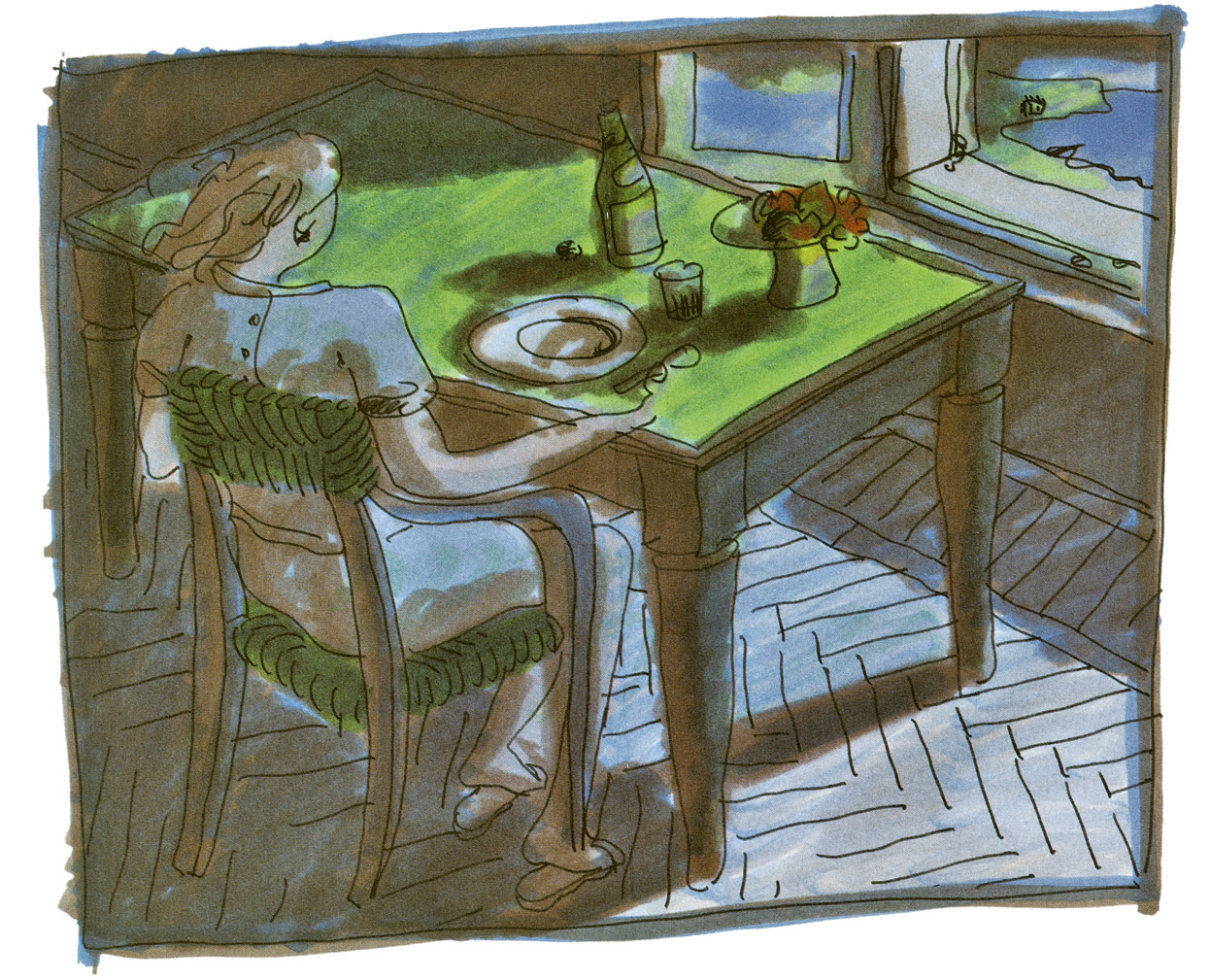
Luca Meda encapsulated this period. His piecemeal education touched on such Meccas of avant-garde European culture as Ulm’s Hochschule für Gestaltung, as well as a number of important studios – among them Marco Zanuso’s – but his detachment and sense of irony saved him from conformity, and brought to the fore his individual curiosity and creative skills.
The product of an extraordinary moment in Milanese culture when people met and exchanged ideas within the limits of a few streets in the city centre, a handful of bars, and a holiday resort or two, Meda had the ability to re-invent things. In this way, he typified the emerging Italian design, sharing this trait, along with other things, with the man who was his most famous fellow traveller in the field of architecture: Aldo Rossi. “Amidst furniture and coffee pots” or “Amidst films and bourgeoisie” – if this long season of friendship and collaboration that left traces in both men were a book, these could be its titles.
Luca Meda’s legacy features items of furniture, exhibition and museum stagings, architectural projects, and a variety of objects. We are left with an all-consuming and, in some ways, ground-breaking relationship with Molteni&C, given the subsequent dynamics of industrial design. But we also treasure Meda’s amiable character and his ability to see what others failed to grasp in the objects he encountered.
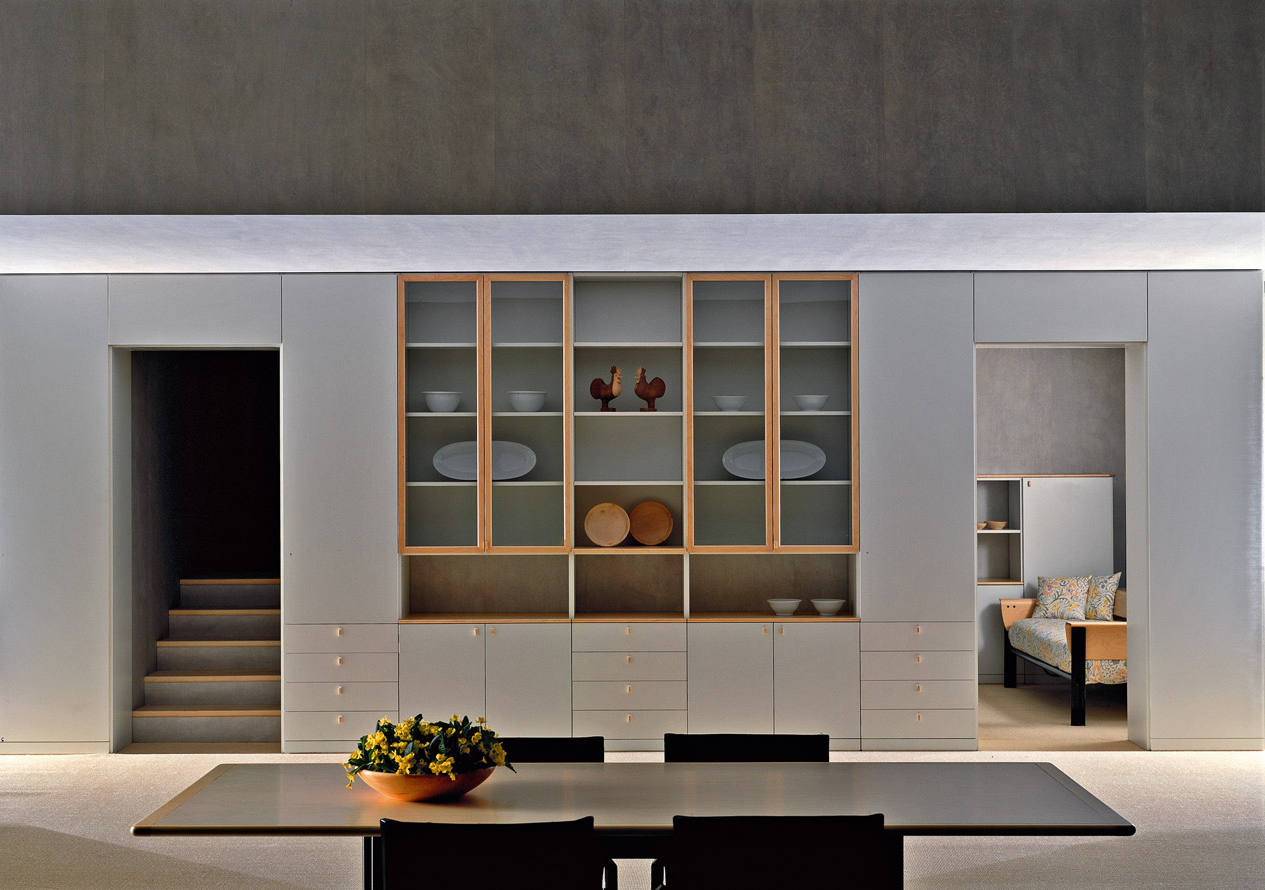
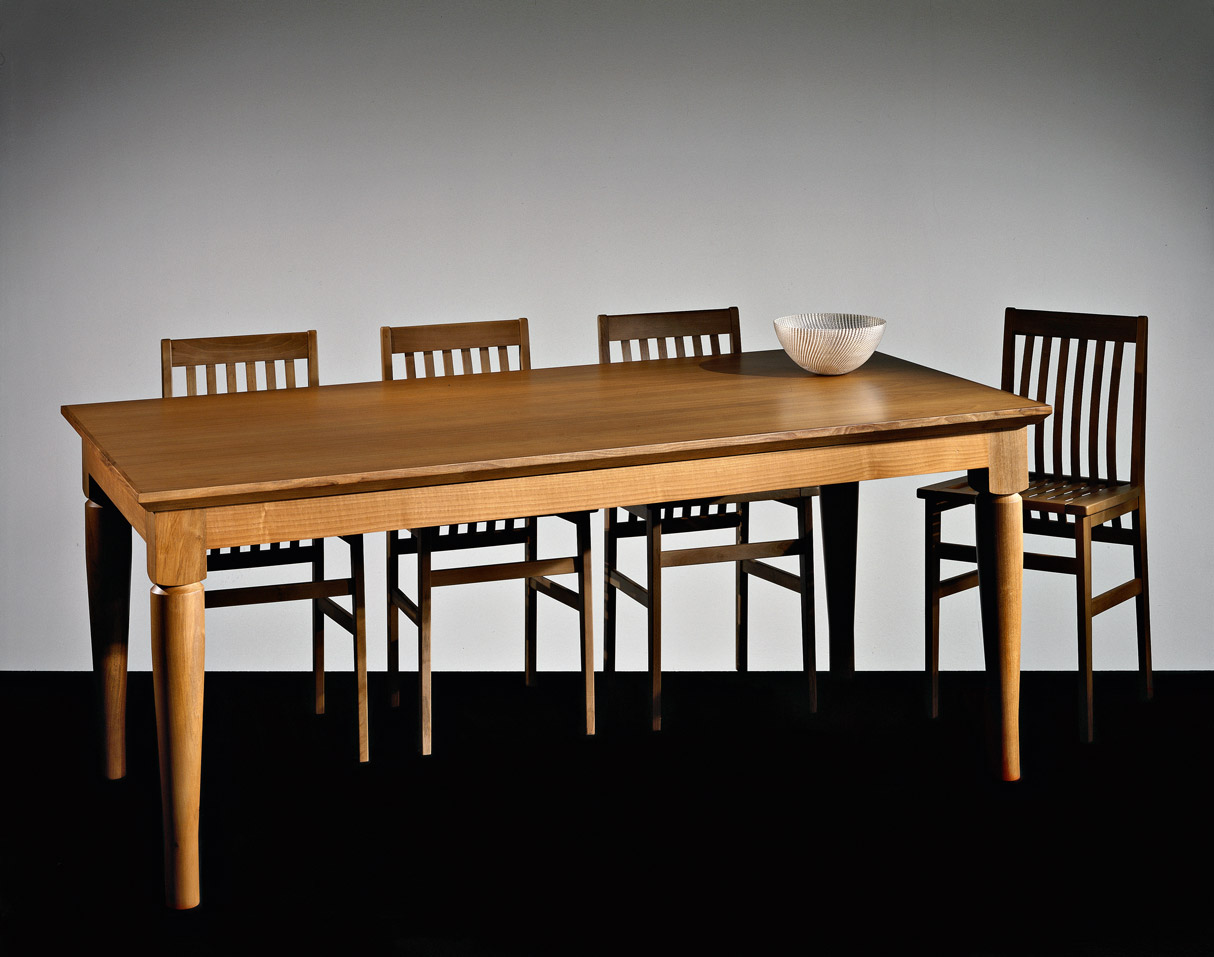
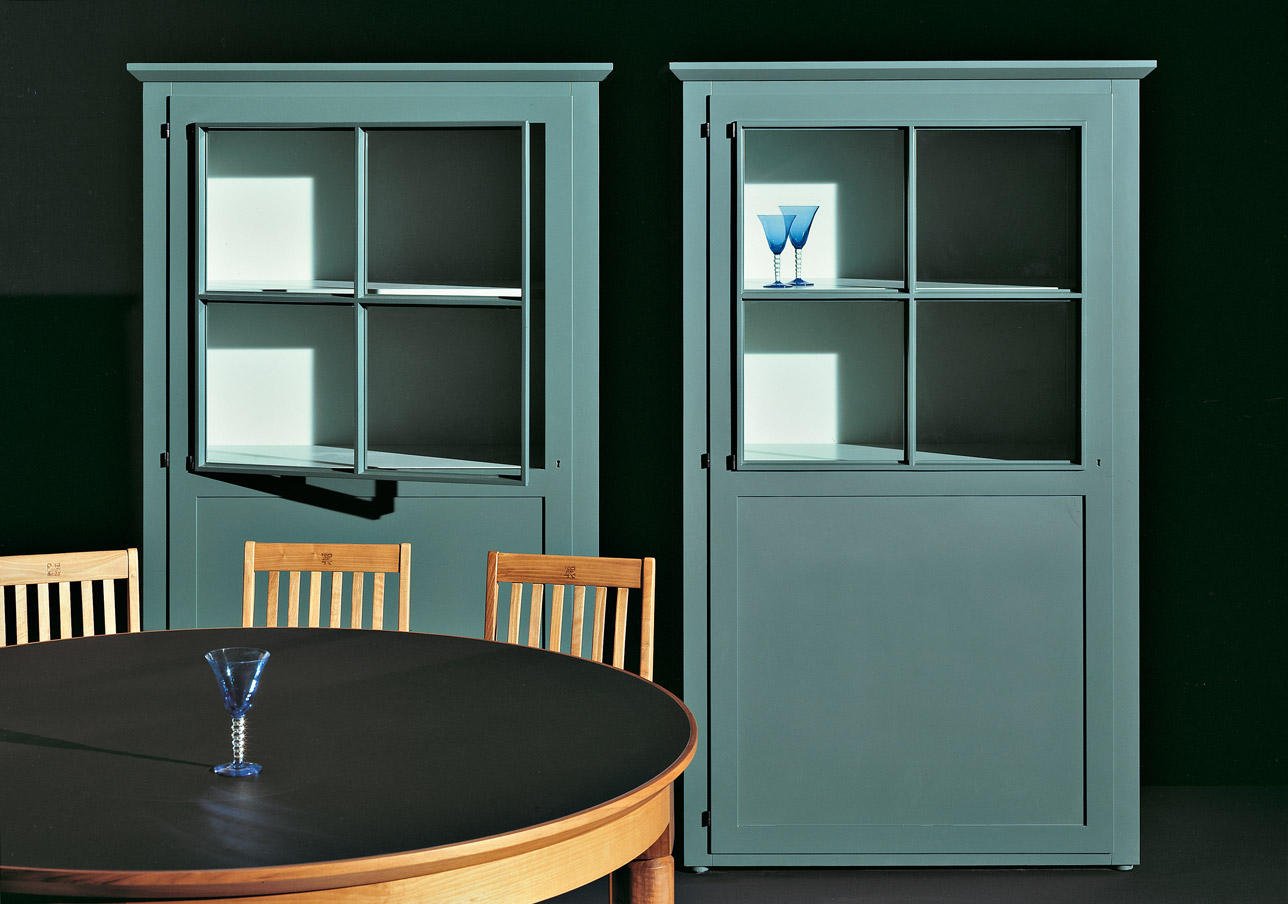
An architect in all but name, an unusual designer, a highly gifted draughtsman and a collector of objects, Luca Meda centred his attention on the world of home interiors. His furniture and his tools introduced a modernity into Italian apartments that he sought to link to the familiar furnishings of kitchens and dining rooms.
His style was recognisable and colourful. Yet his great understanding of materials and techniques never overshadowed his essential aim of bringing the home back to being a little theatre of domestic events, as his drawings made clear. The publication of his work, after the exhibition at the Triennale, finally highlighted the importance and the extent of his contribution. Working at the highest level, during a pioneering period, he paved the way for the subsequent success of Italian design on the world stage.
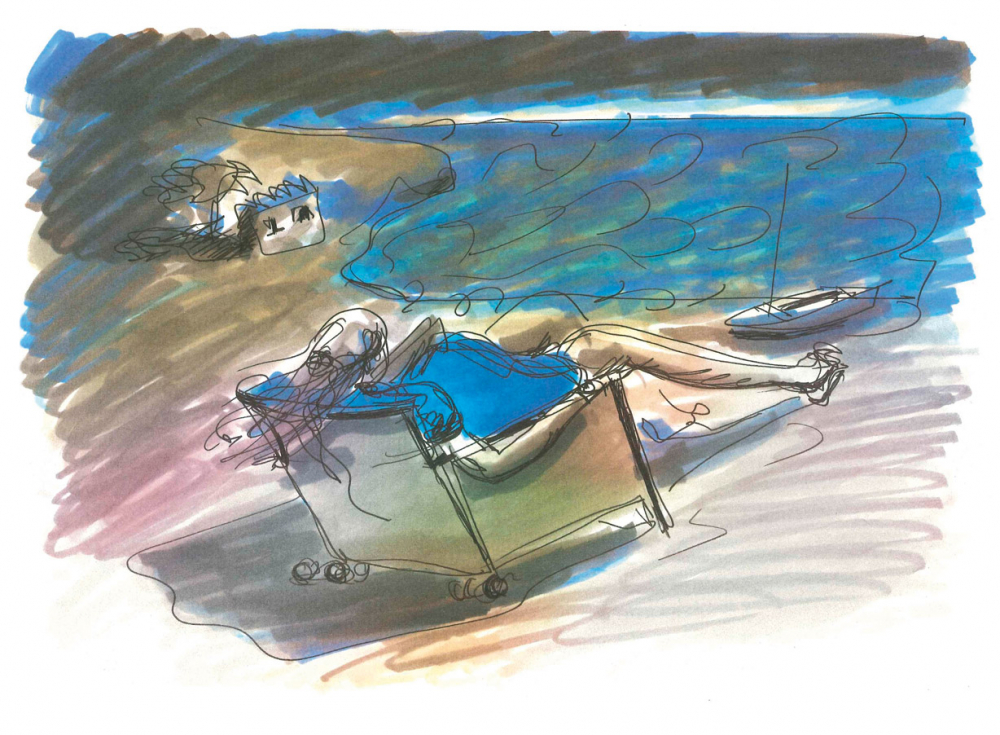
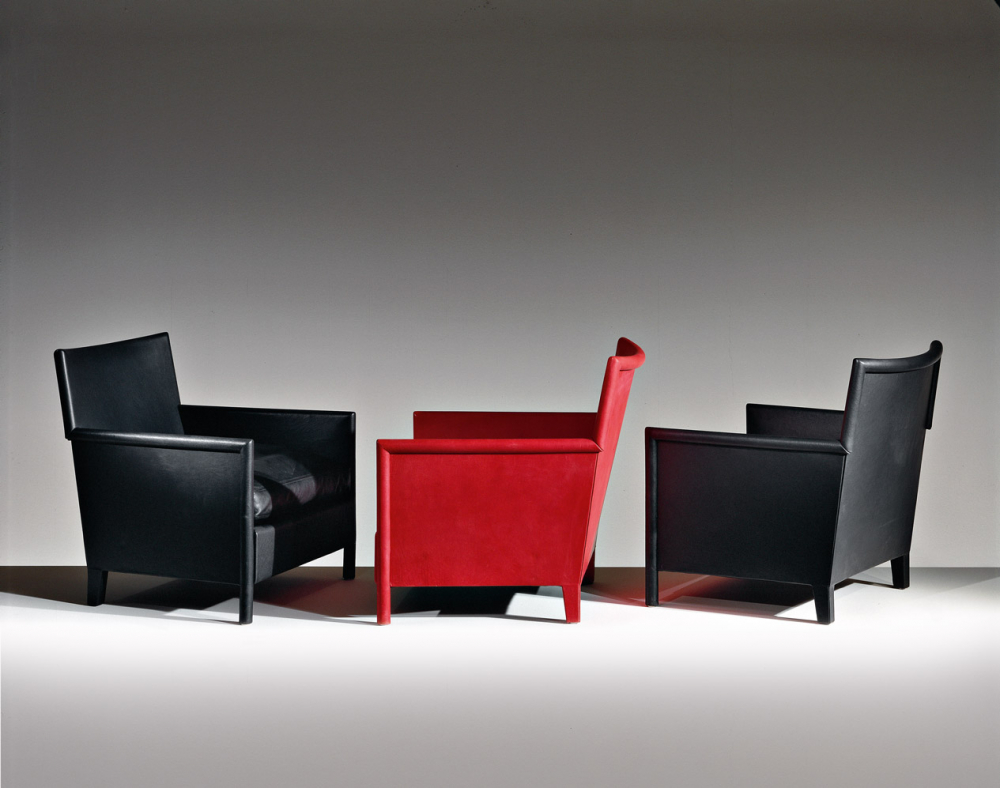
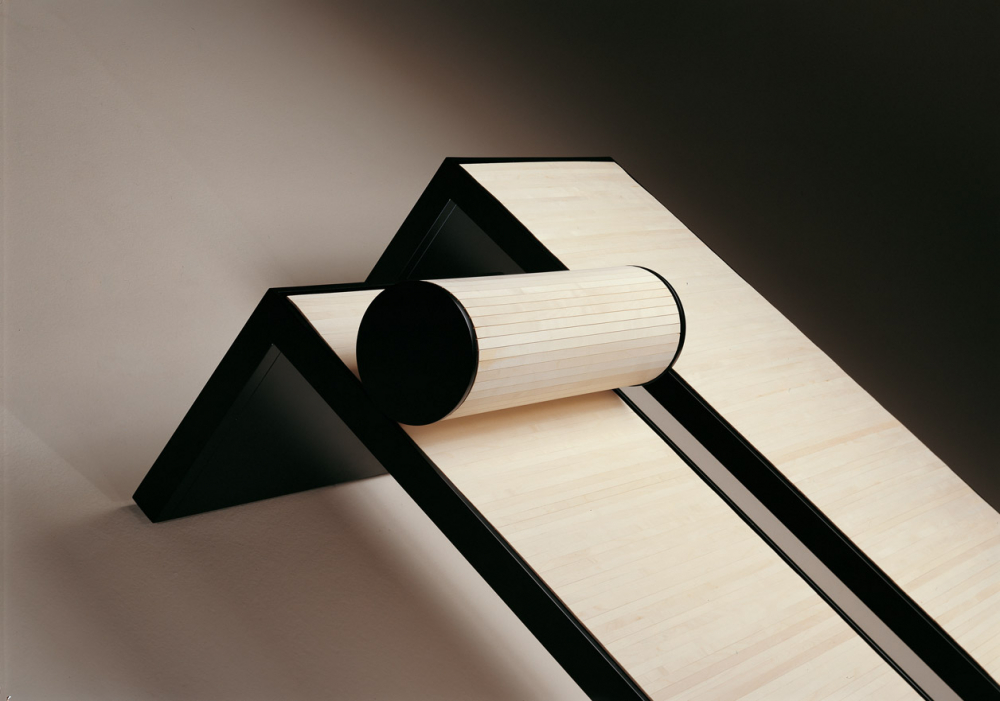
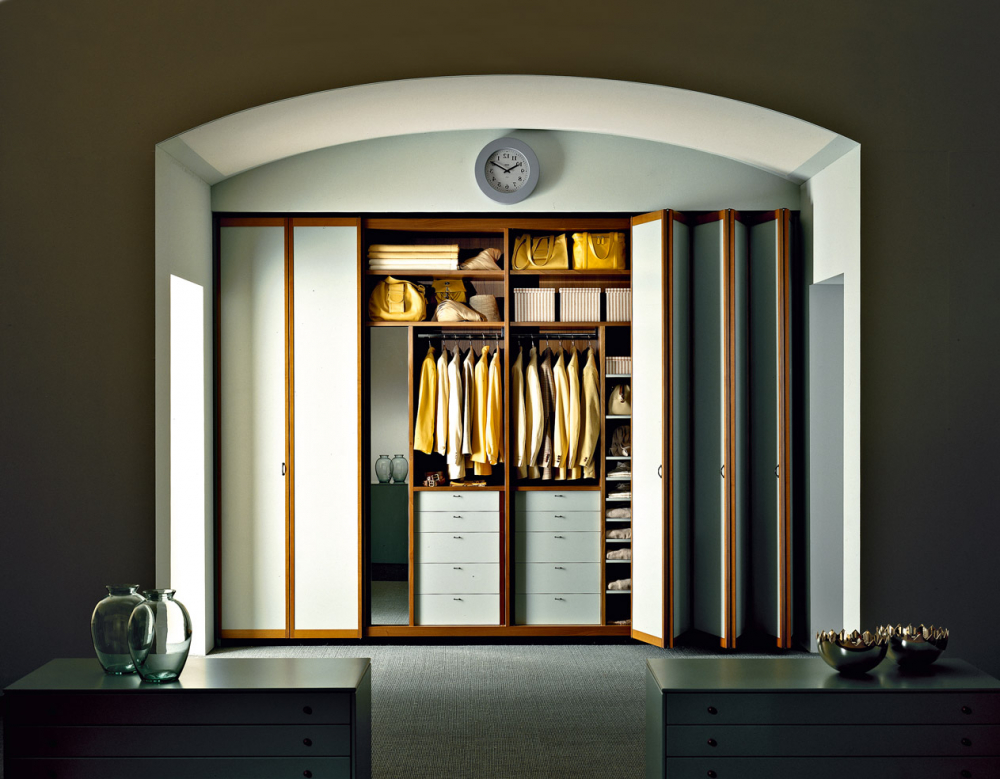
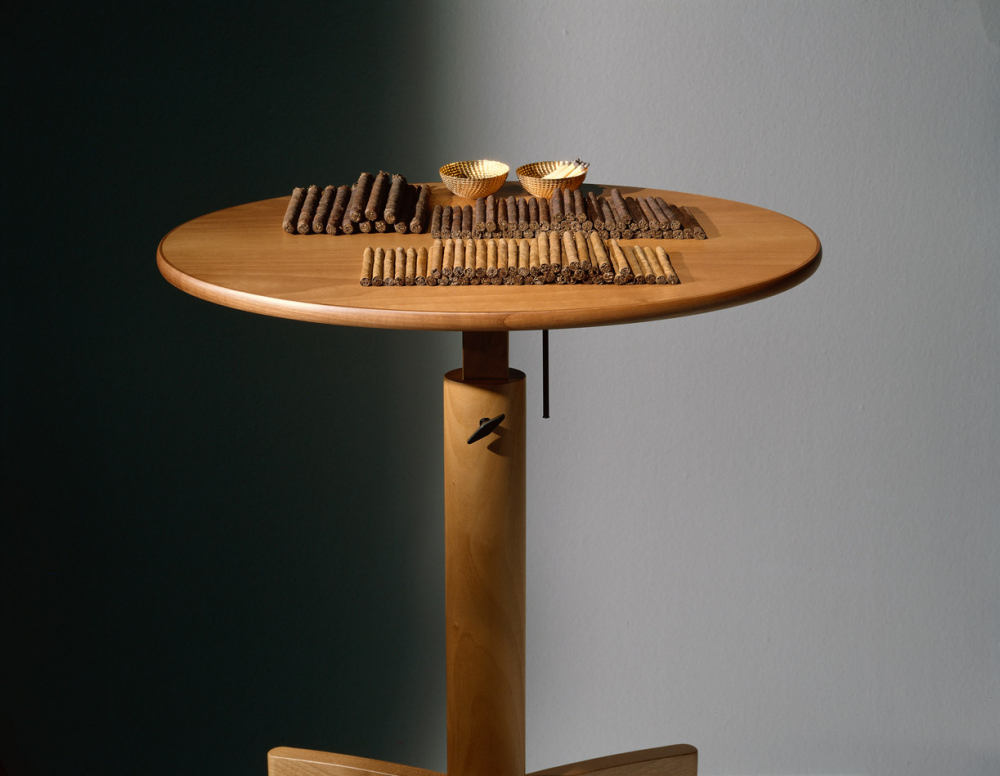

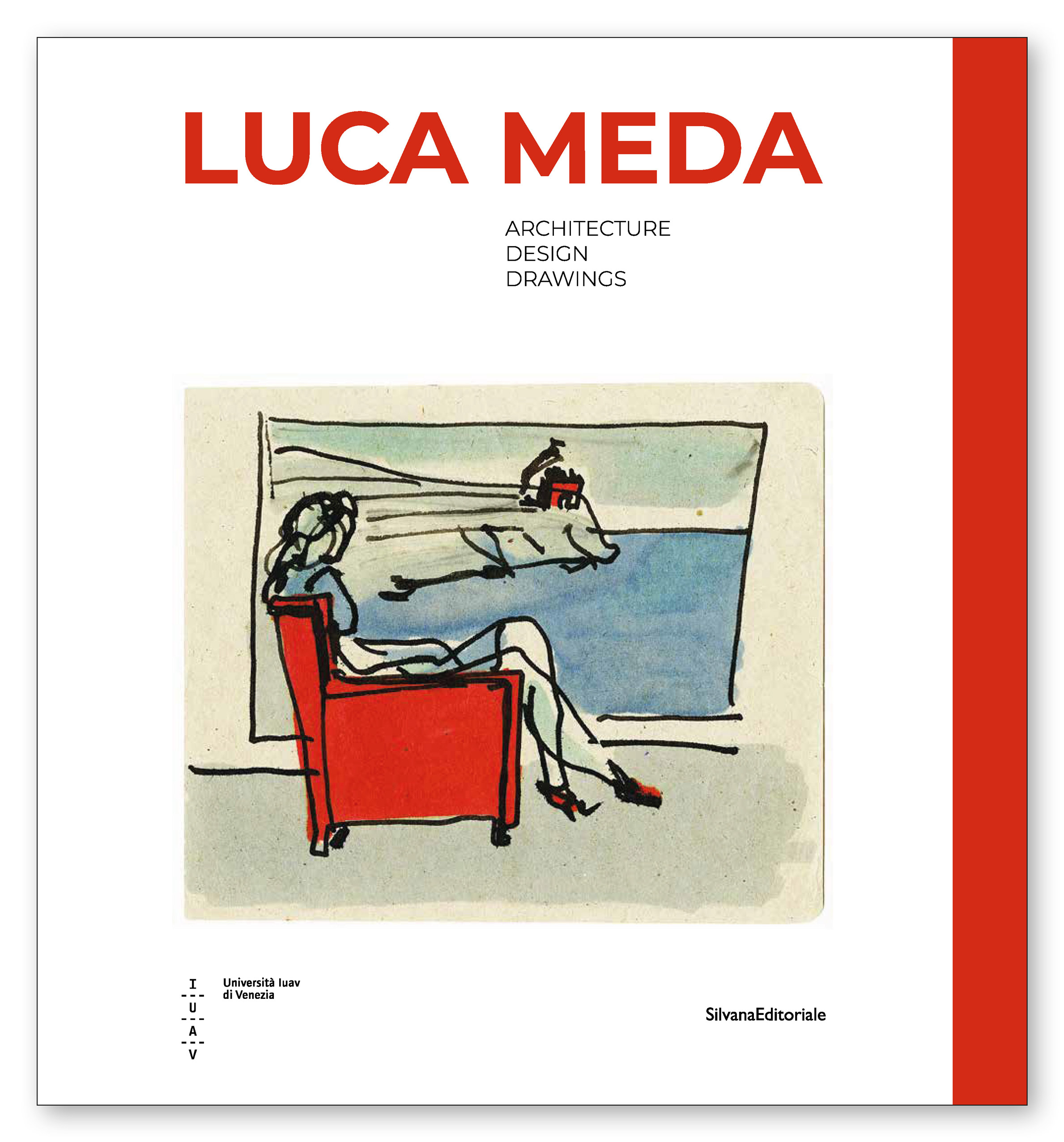
Luca Meda: Architect and Designer, published by Silvana Editoriale (2021), is the first monographic book devoted to him. For the first time, in fact, it offers critical analysis of all the different aspects of his work, an accurate biography and a complete catalogue raisoné of his works. The volume was edited by Nicola Braghieri, Sabina Carboni and Serena Maffioletti with critical essays by Giampiero Bosoni, Rosa Chiesa, Alberto Ferlenga, Beatrice Lampariello, Chiara Lecce, Mario Piazza and Dario Scodeller.
The Molteni group has enthusiastically supported the publication, not only financially, but by making its historical archive available to the team. The archive preserves a major part of Meda’s work. He was a corporate man, who, with his friendly and professional approach, left his mark on the development of a great industrial group, today a global leader in its field.
Luca Meda and the Molteni Group
In almost 40 years of professional life, Luca Meda ranged across architecture, often in the company of his great friend Aldo Rossi, and industrial design. From 1968, he covered the role of art director for Molteni&C and Dada. This enabled him to tackle industrial design full on, dealing not only with furnishing projects, but also with stagings, images, catalogues, photography and graphics. Effectively, he moulded companies such as Molteni&C and Dada into the forms we recognise today.
Here we remember just a few of the many projects he developed: daytime systems such as 505 (1972) and Pass (1997); nighttime systems such as 7volte7 (1988) and Glissquattro (1991), Serie Teatro (1982) and the Piroscafo bookcase (1991) with Aldo Rossi; individual furnishings such as Les Beaux Jours (1985), Vivette (1988), Capotavola (1988), Risiedo (1988), Portafinestra (1989) and Primafila (1990); kitchens for Dada, including Vela (1993), Pergola (1986) and Banco (1994); and office furniture such as Misura (1973) with Richard Sapper and Progetto 25 (1985).
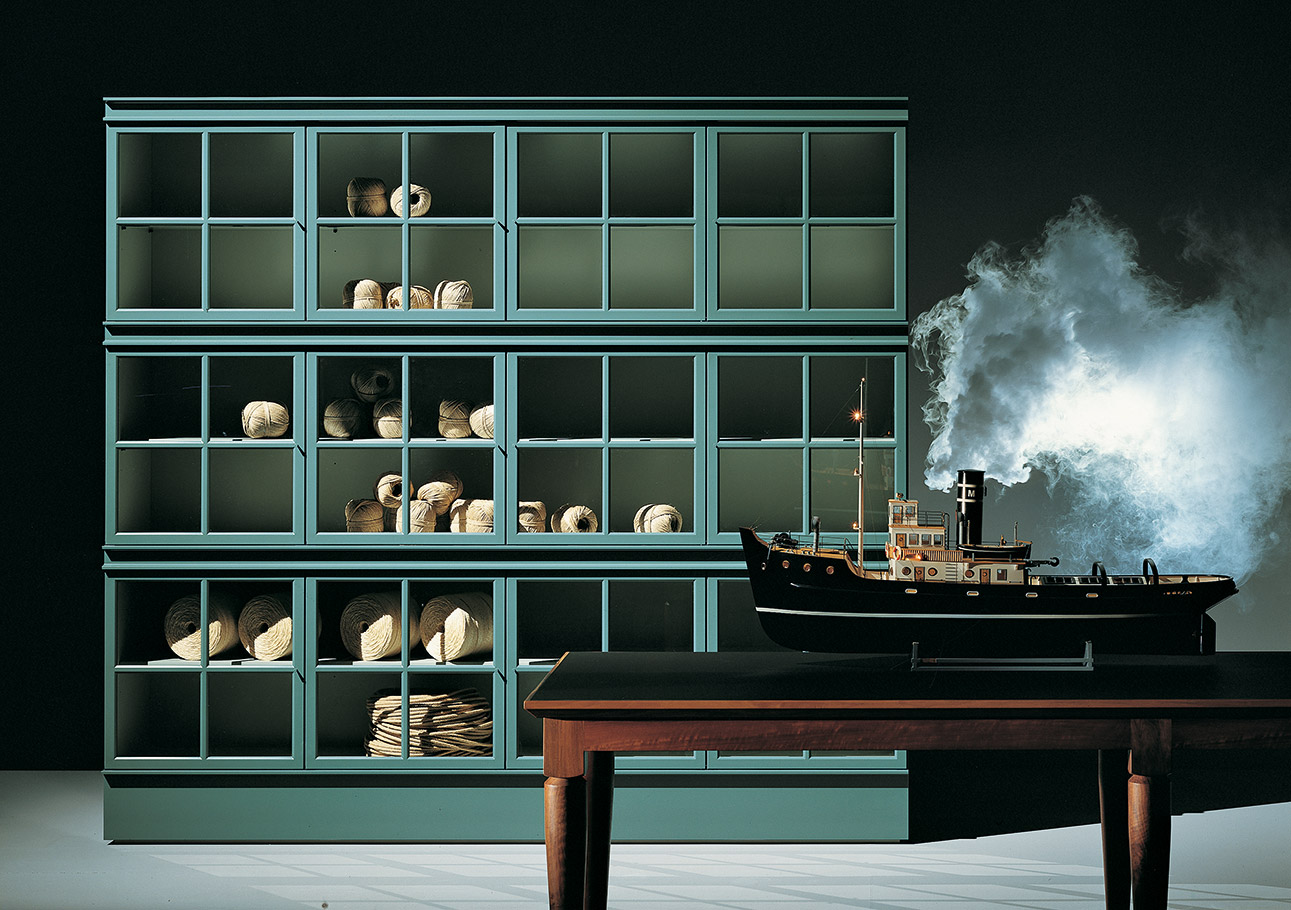 Piroscafo design Aldo Rossi and Luca Meda
Piroscafo design Aldo Rossi and Luca Meda
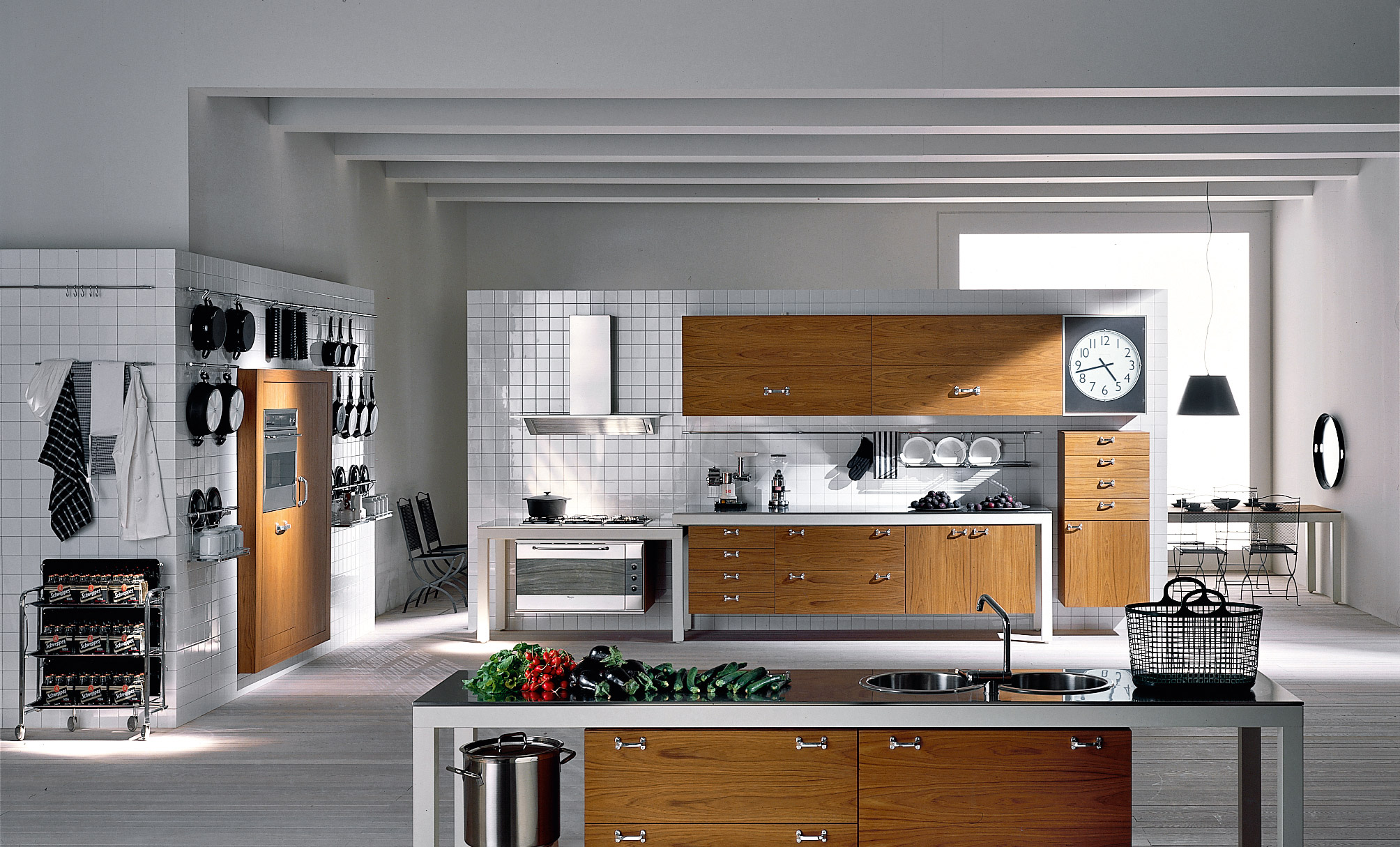 Banco design Luca Meda
Banco design Luca Meda
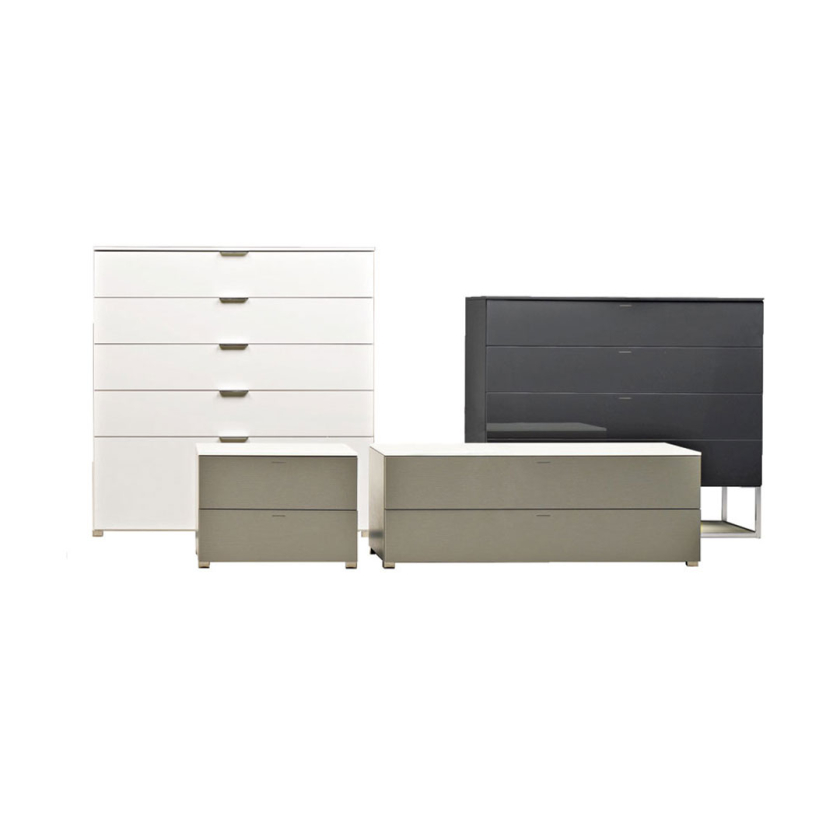
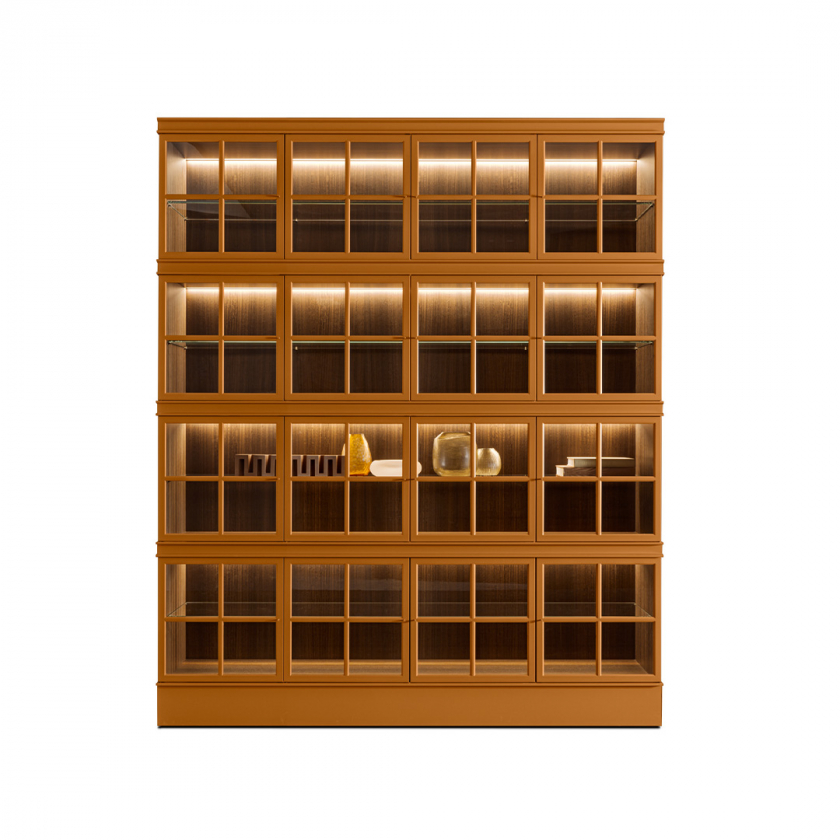
Kitchens are everyday spaces that exist to meet an immediate functional goal. When well designed, they are highly calibrated to support the convenient preparation of food.
In the centre of Milan, a short walk from the duomo, is Villa Necchi Campiglio, designed by Piero Portaluppi (1888-1967) for the Necchi Campiglio family between 1932 and 1935.
How we understand the world of design can depend on the means by which we engage with the subject.
Thanks for your registration.